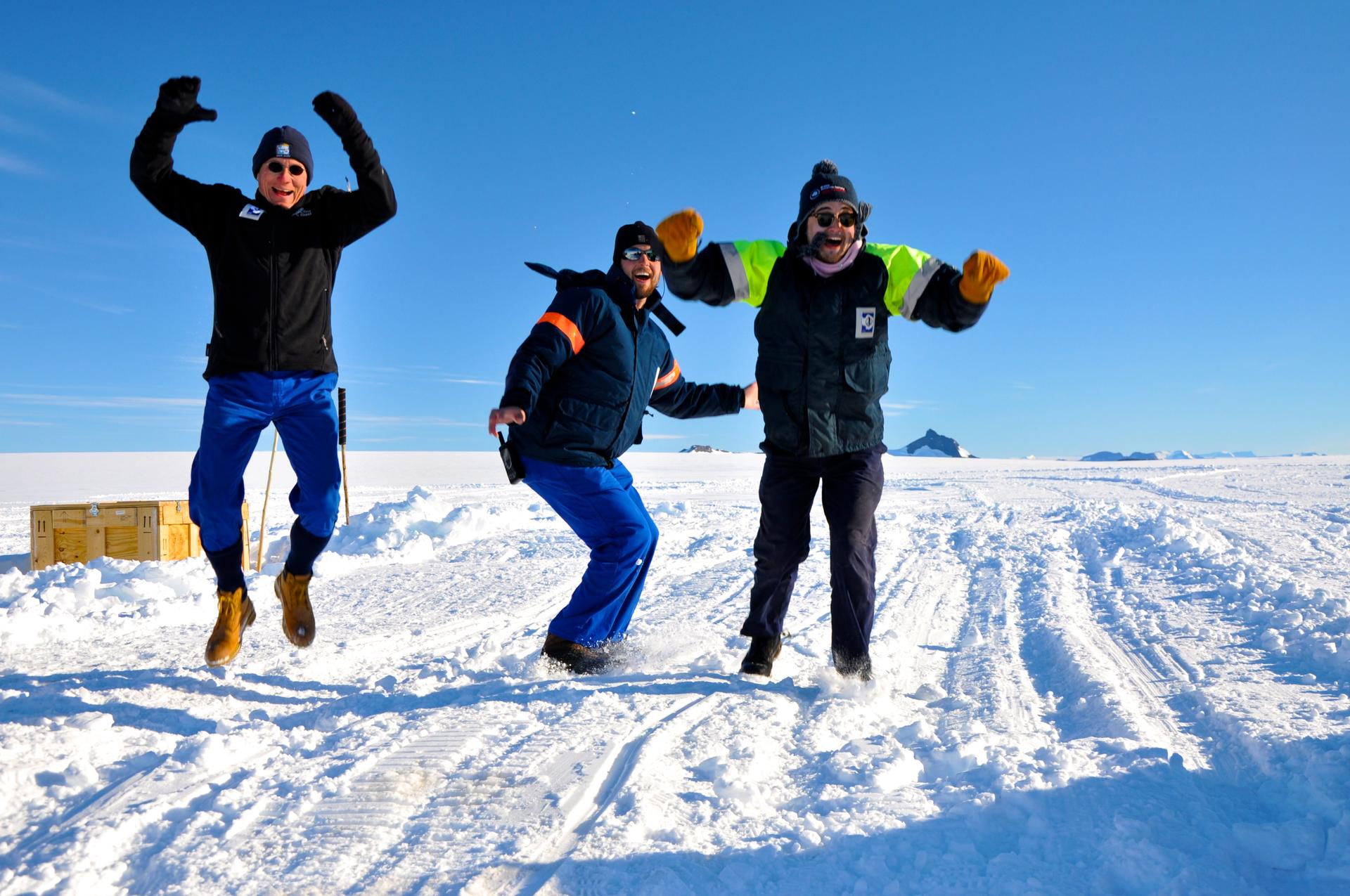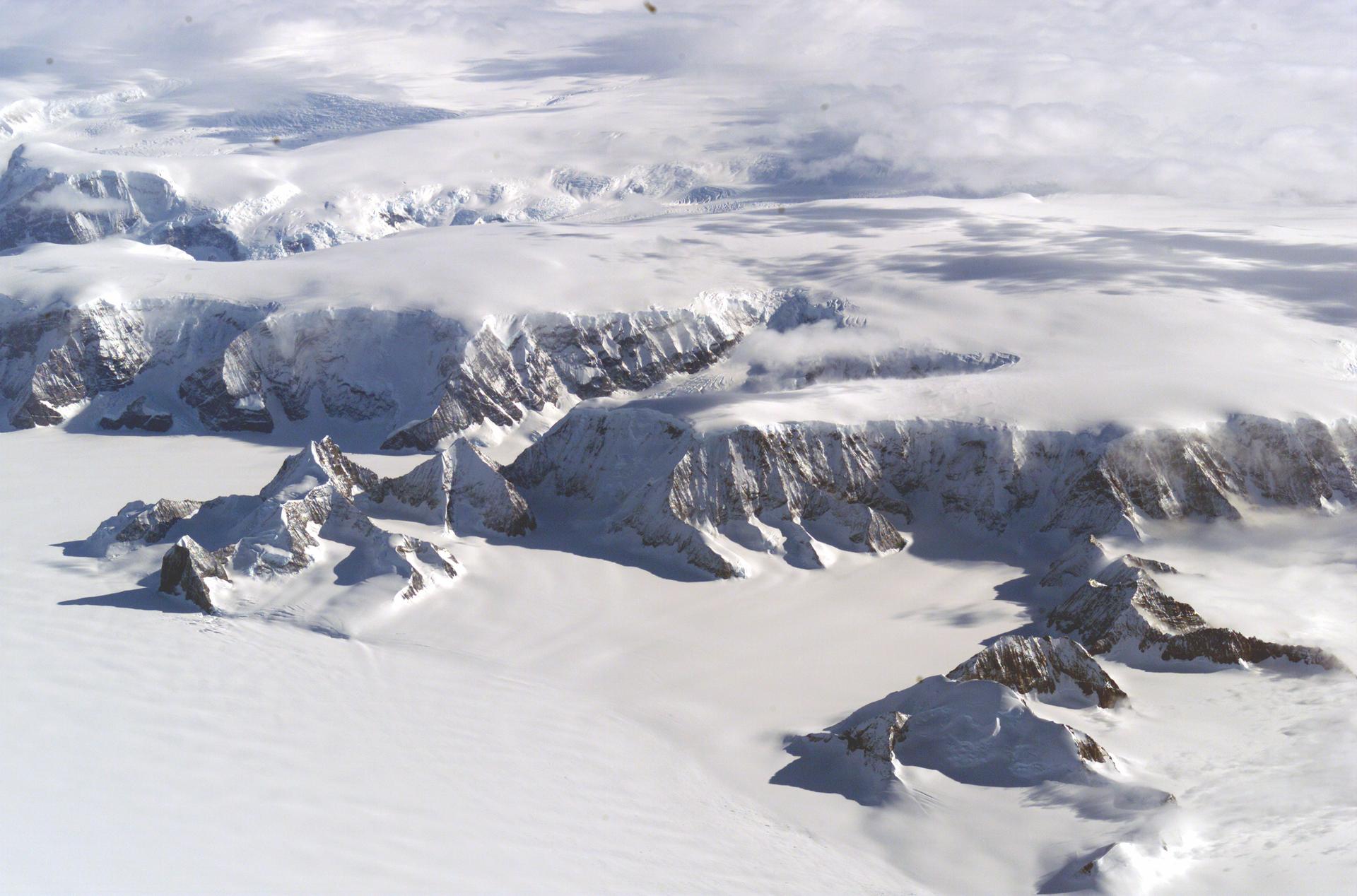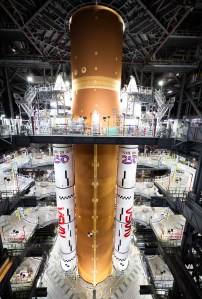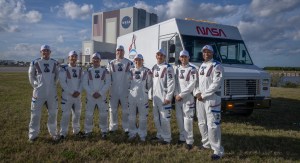
Credits: NASA/Goddard/Brett Anderson
Often called “White Mars” because of its desolation and extreme environment, teams working in Antarctica are ripe for psychological studies to help guide future astronauts on deep space missions to destinations such as Mars. On a journey to Mars, crews will travel in a small vessel for months with little to see along the way. Similarly, wintering in Antarctica means no sun and no way to leave the continent for months. Two studies currently underway are investigating team dynamics in the isolated environment of such a remote outpost.
NASA’s Human Research Program works to understand the behavioral health implications of long-duration space missions, and some of that research takes place in analogs. An analog is a research environment used by scientists to study the physical and mental effects of being in space by partially mimicking those conditions here on Earth.
“One of the things we know from analogs is that the social relations people form is an important predictor to how well they can complete tasks together,” said Leslie DeChurch, Ph.D., an analog researcher and professor of communications and psychology at Northwestern University.
DeChurch’s study, titled Shared Cognitive Architectures for Long-term Exploration (SCALE), is exploring how social relations and team cognition are affected by isolation and confinement. This research may help enable teams to maintain and improve recall of shared knowledge and have a better understanding of the consequences of poor team performance.

Credits: NASA/Armstrong
High performing teams have certain attributes, composition, and dynamics. Astronauts returning from the International Space Station, for instance, have said humor is critical for diffusing tense situations in space. It is no different when wintering-over in Antarctica.
Humor functions to bridge relations between major social categories and helps facilitate high rates of team interactions that aid in calming conflicts. “You need a clown on the team,” said Noshir Contractor, Ph.D., professor of behavioral sciences also from Northwestern University. This insight is based on prior research that demonstrated the importance of the “clown role.”
Contractor’s study is a companion to SCALE titled Crew Recommender for Effective Work in Space (CREWS). This study uses the research data for developing a computer model that can help select the best crew team. “We don’t have a perception that we’re going to tell them who to send on a mission. But if they have a collection of people, it will work like a weather forecast model,” Contractor said. “It’s a predictive model that says if you choose this particular crew, here is what you are likely to see in terms of team dynamics. And, if problems arise, here is how to intervene to ease those problems.”
Since they cannot go to Antarctica to observe the participants in person, DeChurch and Contractor utilize a series of weekly surveys throughout the test subjects’ stay in Antarctica. A starting profile is established then they are asked questions about their perceptions of the relationships within the team they work with as they form, change, and grow throughout the timeframe. At the end, Contractor and DeChurch will conduct Skype exit interviews with the participants.
The SCALE and CREWS studies have been a part of the Human Exploration Research Analog (HERA) research for the past three years. The research is being expanded to SIRIUS-18/19 and Antarctica.
“SIRIUS is a multicultural six-person team and the study lasts three times longer than the HERA research missions,” Contractor said. Antarctica is even a step further. DeChurch added, “The advantage of Antarctica is that it is much longer than either of the other two analogs. It is more real in a sense: there is real work and danger; you’re not going to be rescued quickly; and sensory deprivation is experienced. Everything outside is white, and boring, and you are always with the same people.”
Analogs help provide NASA with data about strengths, limitations, and the validity of planned human exploration operations. Research in analogs is one more piece of the puzzle in determining how the human body and mind, which were built for Earth, will one day be able to live and thrive off our planet.
______
NASA’s Human Research Program, or HRP, pursues the best methods and technologies to support safe, productive human space travel. Through science conducted in laboratories, ground-based analogs, and the International Space Station, HRP scrutinizes how spaceflight affects human bodies and behaviors. Such research drives HRP’s quest to innovate ways that keep astronauts healthy and mission-ready as space travel expands to the Moon, Mars, and beyond.

































